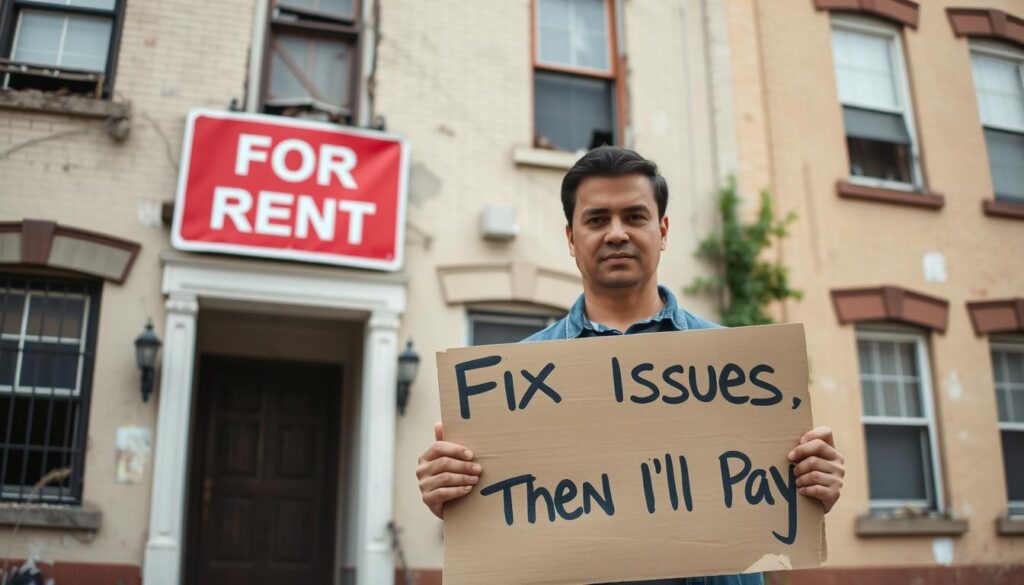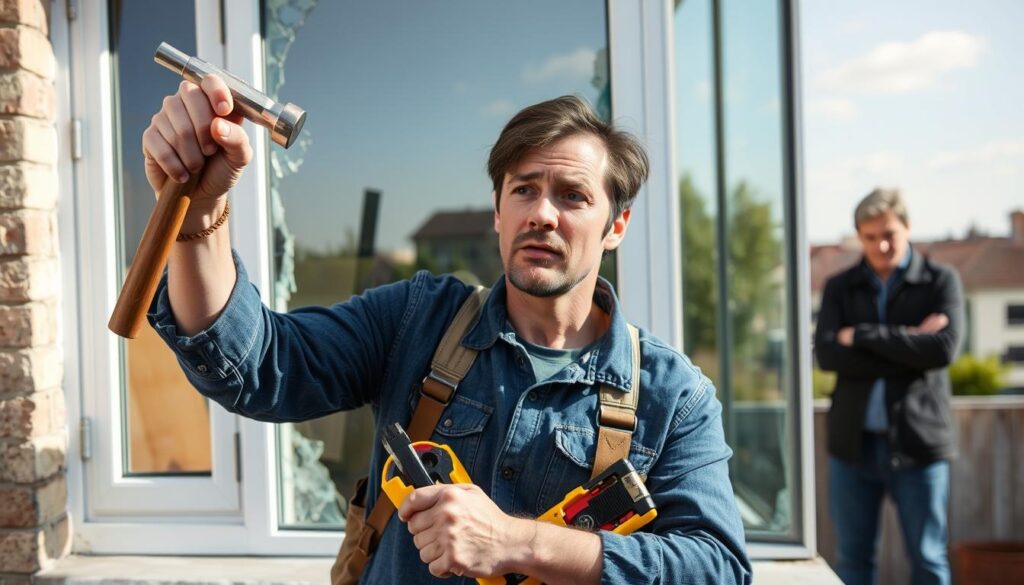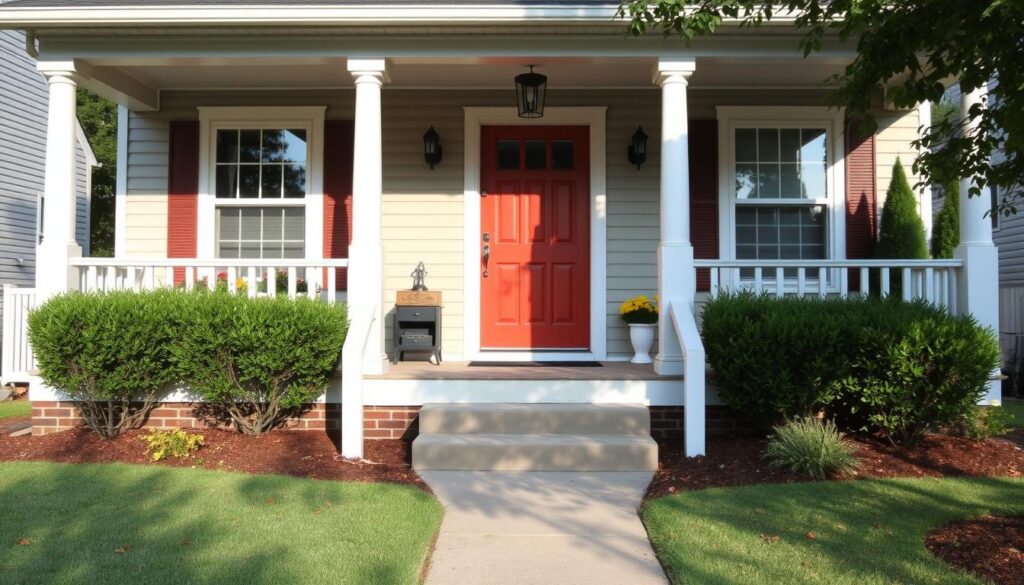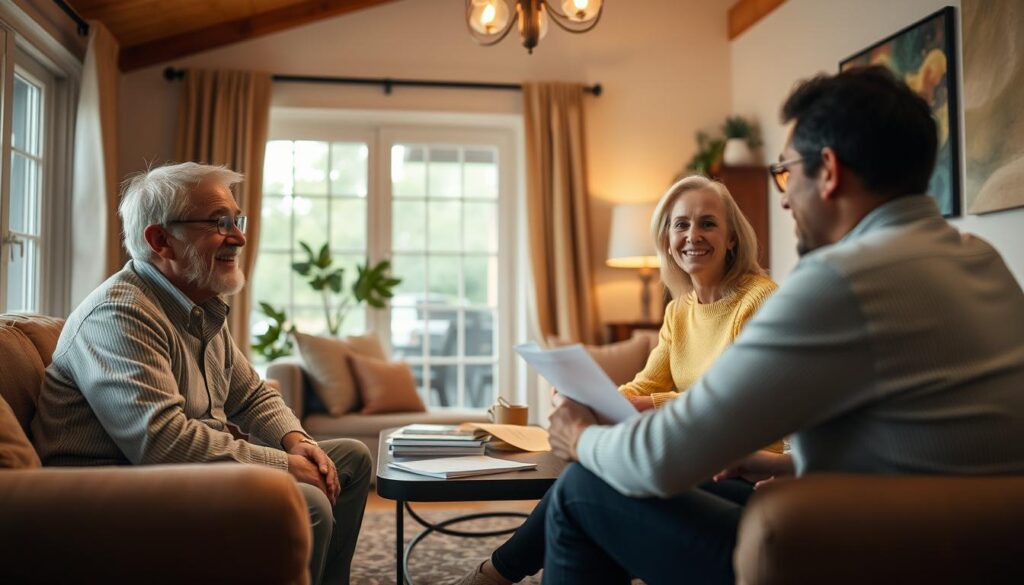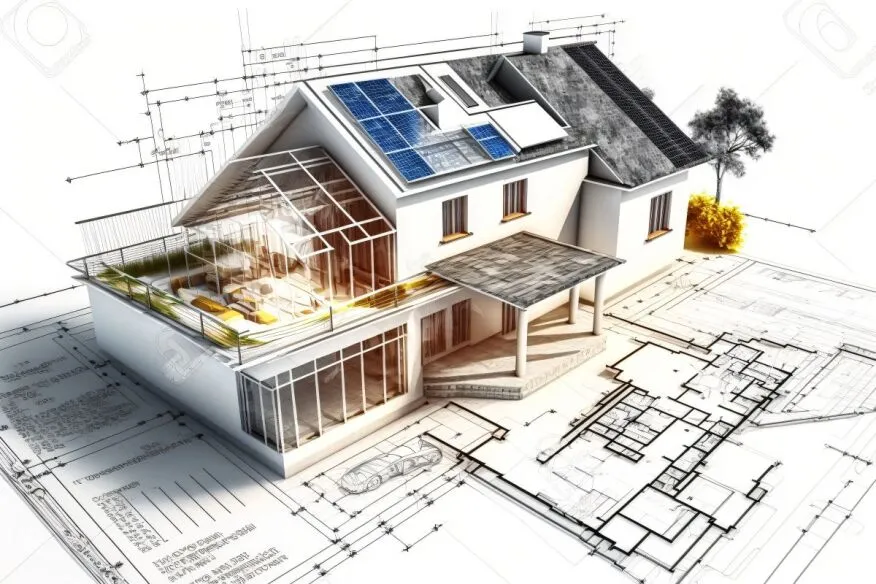Occupied restoration of multifamily residences can be difficult, but with proper planning and execution, it can be completed successfully. Here are the top ten recommendations for occupied renovation of multi family homes:
- Plan ahead – As a professional in the real estate industry, you must approach this process with a clear vision and a complete plan that addresses all areas. First, a comprehensive examination of the property’s condition is required to identify rehabilitation needs and prioritize necessary repairs or enhancements. This stage provides for realistic budget estimates and completion deadlines. Second, adopting a tenant communication plan is critical for maintaining transparency and minimizing disturbances during the repair process. Proactive communication should involve telling renters about impending construction projects, anticipated hassles, and mitigation strategies. Additionally, providing interim lodgings or relocation choices for inhabitants might assist alleviate the suffering caused by substantial repairs. Finally, it is critical to use reputable contractors or construction firms with past expertise in occupied rehabilitations in order to reduce project delays while keeping high quality standards. By actively considering these aspects and properly preparing ahead of time, landlords may effectively navigate the occupied renovation process while optimizing return on investment and tenant satisfaction.
- Communicate with tenants: Communication is critical for project success and maintaining great tenant relationships. Clear and regular communication is vital for informing tenants about future renovations, minimizing interruptions, addressing issues, and creating a feeling of transparency. As a competent landlord, it is critical to establish this communication well in advance of the rehabilitation process and offer all relevant information about the timeframe, anticipated inconveniences, safety precautions, and alternate accommodations if needed. Adequate notice allows renters to plan ahead of time, make temporary relocation plans, and alter their daily routines. Throughout the rehabilitation phase, periodic updates should be provided to keep residents aware of progress achieved as well as any timetable adjustments or unanticipated challenges that may occur. Furthermore, maintaining an open line of communication via multiple channels such as emails, newsletters, community meetings, or individual chats allows tenants to express their issues or seek explanation throughout the project’s lifespan. Landlords that address these conversations with expertise and sensitivity may create tenant trust while also ensuring a good conclusion for multi-family house restoration.
- Minimize disruption: As a professional landlord, you must implement tactics that stress good communication, advanced planning, and proactive solutions. This includes creating open lines of contact with renters from the start, telling them about the scope and length of the restoration work. Tenants will feel valued and included if progress and anticipated interruptions are communicated on a regular basis. Furthermore, arranging construction operations in a way that minimizes disruptions can be accomplished by carefully scheduling and prioritizing jobs, such as undertaking loud renovations during the day while residents are normally out at work or school. Furthermore, measures such as installing noise-reducing barriers or providing temporary alternate living arrangements during especially troublesome periods might help to ease tenant difficulties. Finally, creating a culture of openness and empathy will help to preserve great relationships with tenants throughout the occupied renovation process.
- Ensure safety: As a landlord performing occupied restoration, safety should be at the top of your priority list. One of the most critical procedures is to perform a comprehensive assessment of the property, looking for possible risks or code violations that require immediate repair. This involves inspecting for defective wiring, mold infestations, obsolete plumbing systems, and structural problems. To handle these problems in a timely and effective manner, skilled specialists who are familiar with building rules and laws must be hired. Furthermore, while renovations are occurring, thorough communication with tenants about work schedules, anticipated interruptions, and temporary relocations, if necessary, is critical to their comfort and safety. Maintaining open channels of communication allows renters to express any complaints or concerns that may arise during the repair process. You may provide a safe living environment for all tenants by strictly following safety rules and properly addressing tenant demands at each stage of occupied rehabilitation.
- Keep it clean: As a landlord, you must prioritize cleanliness in order to provide a professional atmosphere for renters. Keeping the living areas clean ensures that residents have a healthy and happy living experience while also protecting the property’s value. Regular cleaning services should include complete vacuuming and mopping of common areas like hallways and entryways, as well as dusting and sanitizing surfaces in communal places like laundry rooms or fitness centers. Furthermore, any pest control concerns must be addressed immediately, using environmentally friendly ways wherever possible. Clear communication with renters about their duties for cleanliness, such as properly disposing of rubbish or keeping personal belongings organized, will help maintain a tidy atmosphere around the property. Overall, maintaining perfect cleaning standards helps to keep tenants satisfied, attract new renters, and maximize earnings for the landlord.
- Address accessibility needs: It is critical to solve accessibility issues so that all citizens have equal opportunity and suitable living circumstances. This requires a thorough awareness of all applicable accessibility legislation and guidelines. This includes having accessible entrances, doorways with appropriate widths, wheelchair ramps or lifts as needed, and accessible restroom facilities. Additionally, incorporating features like as grab bars and non-slip flooring in compliance with the Americans with Disabilities Act (ADA) regulations offers increased safety for individuals with mobility issues. Engaging experienced contractors who are familiar with ADA rules can help ensure that accessibility adjustments are successfully implemented during the occupied repair process. By incorporating these concerns into the project design process, landlords may build an inclusive environment that meets renters’ accessibility needs while also improving their quality of life.
- Be mindful of noise: Maintaining a professional environment for both renters and construction workers requires being careful of noise levels. Noise can interrupt people’ daily routines and peace of mind, resulting in lower overall satisfaction with their living conditions. Thus, it is critical to set clear rules and effectively communicate them to all stakeholders participating in the rehabilitation process. This involves scheduling specified periods for noisy construction operations and aggressively reducing disruptive noise wherever feasible. Noise mitigation methods, such as constructing sound barriers or utilizing quieter equipment, can considerably reduce the impact on tenants’ everyday life during renovations. Furthermore, proactive communication with residents, which keeps them informed about construction timelines and anticipated disturbances, will develop understanding and patience throughout the process. Landlords may foster pleasant tenant experiences by addressing mindful noise levels throughout occupied renovation.
- Provide alternative living arrangements: As a landlord, providing alternate living accommodations during occupied repair projects indicates professionalism and promotes tenant well-being. Recognizing that construction work may be unpleasant and difficult, providing temporary housing choices enables for a more efficient remodeling process while reducing any hassles faced by residents. This strategy demonstrates attention to tenant requirements and promotes strong connections. When planning alternative living arrangements, it is critical to consider a variety of factors, including closeness to their original dwelling, access to key facilities, and ensuring that the temporary accommodations meet or surpass the comfort standards of their permanent residences. By properly handling this part of occupied rehabilitation projects, landlords may demonstrate empathy for their tenants’ situations while swiftly carrying out important property repairs or enhancements. Investing time and money in alternate living arrangements demonstrates expertise in property management, resulting in tenant happiness and long-term loyalty.
- Maintain a positive relationship with tenants: Maintaining a favorable landlord-tenant relationship is critical while dealing with occupied repair projects. As a professional, you must handle this responsibility with sensitivity, respect, and open communication. Building trust and rapport with renters is critical to the project’s success since it encourages collaboration and reduces conflict. This may be accomplished by treating renters fairly, resolving their problems swiftly, and responding to their requirements. Regular check-ins and open lines of contact are essential for ensuring renters feel supported during the rehabilitation process. Furthermore, maintaining clarity about project timeframes, interruptions, and expectations promotes understanding and lowers possible friction. Landlords may establish strong connections that encourage harmony among all parties involved by putting tenant happiness and comfort first during the rehabilitation process.
- Follow up: As a landlord, follow-up is critical to the project’s success. To begin, frequent inspections must be scheduled during each phase of the renovation process to verify compliance with building rules and to provide renters with a safe living environment. This includes swiftly resolving any necessary repairs or improvements. Furthermore, open contact with renters must be maintained in order to keep them aware of the progress and any temporary inconveniences that may occur during construction. Holding frequent meetings or mailing newsletters can exhibit professionalism and openness while also addressing renters’ problems and inquiries. Furthermore, following up after completion is critical to measure tenant satisfaction, identify any outstanding concerns, and make any adjustments as needed. By adopting these proactive efforts as a landlord, you can ensure the success of occupied rehabilitations while also building great connections with your tenants.
Following these guidelines will help you effectively accomplish an occupied renovation of a multifamily house while minimizing inconvenience to tenants and keeping a favorable relationship with them.

